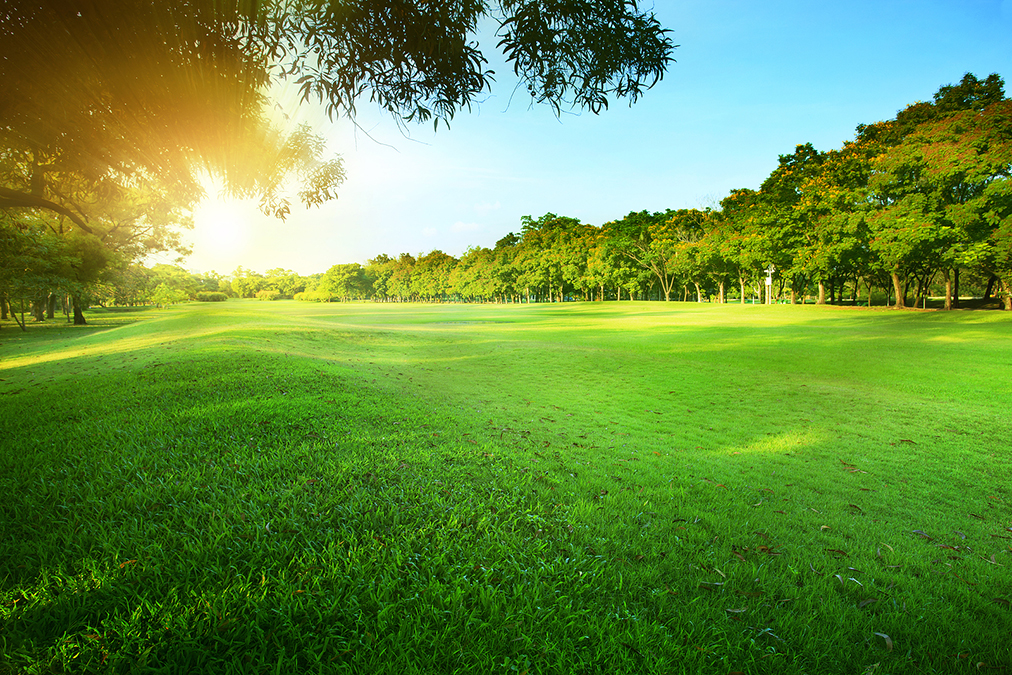 Avoiding, even reversing, osteoporosis is not complicated according to a new study published in JAMA Network Open.
Avoiding, even reversing, osteoporosis is not complicated according to a new study published in JAMA Network Open.
You could say it’s all about having a 9.8-foot friendly giant within half a mile from your home.
Strangely, for a study on osteoporosis, it focused on a group of 327 children in Flanders, Belgium, with a nearly even split between boys and girls, all between the ages of four and six years.
These kids were part of a larger project called ENVIRONAGE, which looks at how the environment influences our health from a very young age.
To examine its effects on bone health, the scientists measured the amount of green space within different distances (from 100 meters up to three kilometers, or 239 feet to 1.87 miles) around each child’s home.
They were also interested in the height of the vegetation, distinguishing between high green spaces with vegetation taller than three meters (9.8 feet) and low green spaces with vegetation shorter than that.
After several years of following these children, from their birth up until they were four to six years old, the researchers checked the kids’ bone health. They did this using a method called quantitative ultrasound, which helps measure the density of bones in a way that’s safe for young children.
Bone density is important because it’s a good indicator of how strong and healthy bones are, which can affect a person’s risk of fractures or developing osteoporosis later in life.
They made three discoveries.
-
1. Kids who lived within 500 meters (1,640 feet) of green spaces, especially those with tall trees (9.8 feet or higher), tended to have higher density bones.
2. Children living within a kilometer (0.62 miles) of large green spaces, especially those with a mix of tall and short trees, were less likely to have low bone density.
3. For every bit of increase in green space around their homes, children’s bone density increased by a notable margin.
These findings are a big deal. They add to the growing evidence that where a child grows up can have an impact on their health that lasts for decades.
The researchers believe that one of the key reasons behind this link could be the increased physical activity that green spaces encourage. Playing outside, running around, and engaging in other activities that are more common in green areas can put healthy stress on bones, which helps them grow stronger.
Adult bones also thicken and strengthen because of exercise and healthy stress placed on them, so you may just as well run around the parks and forests with your kids or grandkids and have a good time while potentially improving your bone health.

 Overcoming IBD
Overcoming IBD Multiple Sclerosis
Multiple Sclerosis Banishing Bronchitis
Banishing Bronchitis Gum Disease Gone
Gum Disease Gone Overcoming Onychomycosis
Overcoming Onychomycosis Neuropathy No More
Neuropathy No More The Prostate Protocol
The Prostate Protocol Brain Booster
Brain Booster
 Ironbound
Ironbound
 Solution for Shingles
Solution for Shingles
 The Bone Density Solution
The Bone Density Solution
 The Ultimate Healing Protocol
The Ultimate Healing Protocol
 The Parkinson's Protocol
The Parkinson's Protocol
 The Chronic Kidney Disease Solution
The Chronic Kidney Disease Solution
 Overthrowing Anxiety
Overthrowing Anxiety The Fatty Liver Solution
The Fatty Liver Solution The Hypothyroidism Solution
The Hypothyroidism Solution
 The End of Gout
The End of Gout The Blood Pressure Program
The Blood Pressure Program
 The Oxigized Cholesterol Strategy
The Oxigized Cholesterol Strategy
 Stop Snoring And Sleep Apnea Program
Stop Snoring And Sleep Apnea Program
 The Arthritis Strategy
The Arthritis Strategy The Vertigo & Dizziness Program
The Vertigo & Dizziness Program The 3-Step Diabetes Strategy
The 3-Step Diabetes Strategy Hemorrhoids Healing Protocol
Hemorrhoids Healing Protocol The Erectile Dysfunction Master
The Erectile Dysfunction Master Weight Loss Breeze
Weight Loss Breeze The IBS Program
The IBS Program The Insomnia Program
The Insomnia Program The Migraine and Headache Program
The Migraine and Headache Program The Neck Pain Solution
The Neck Pain Solution The Menopause Solution
The Menopause Solution The Ejaculation Master
The Ejaculation Master The TMJ Solution
The TMJ Solution The Acid Reflux Solution
The Acid Reflux Solution The Fibromyalgia Solution
The Fibromyalgia Solution The Psoriasis Strategy
The Psoriasis Strategy